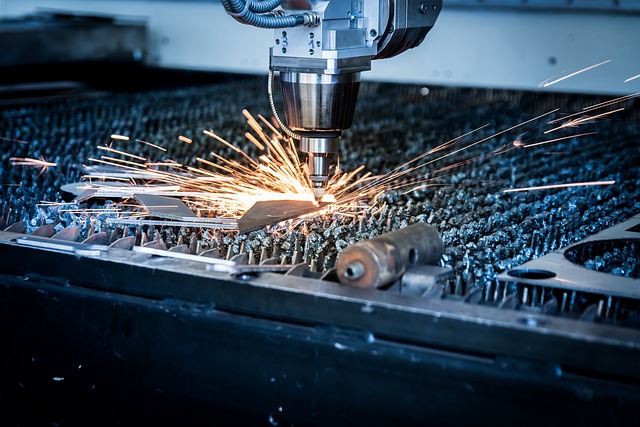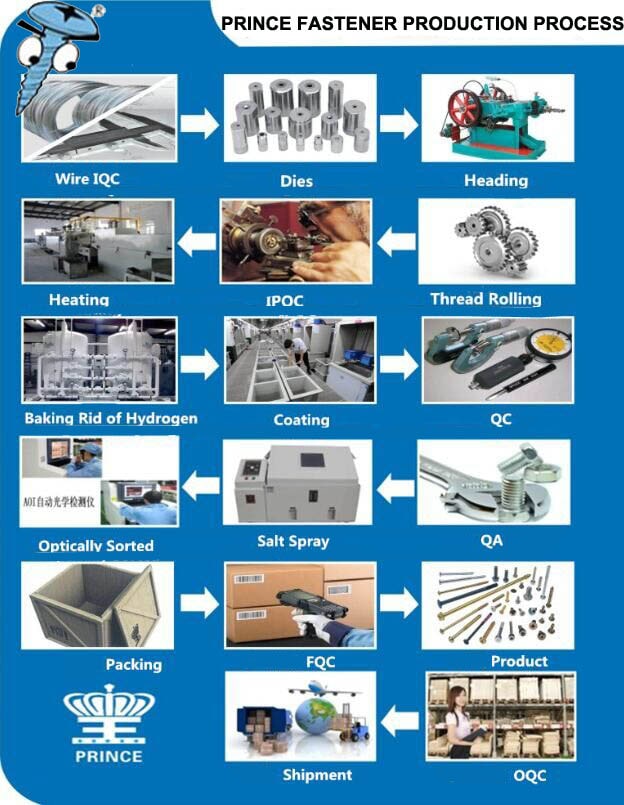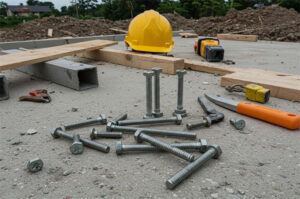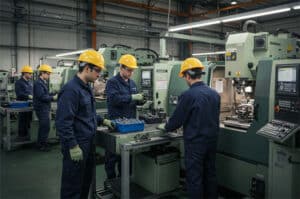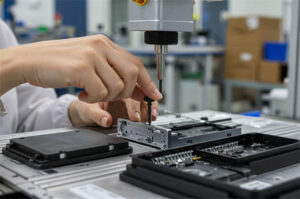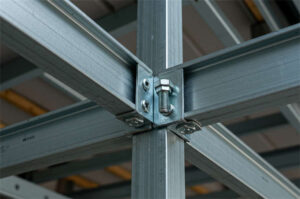The Life of Fasteners: Manufacturing Process of Bolts and Screws
The Life of Fasteners: Manufacturing Process of Bolts and Screws
Brief Introduction of Fasteners
A fastener is a general term coined for mechanical devices that have become an integral part of connections in structures, appliances, electronic devices, engineering, and others. The most commonly known types are screws, bolts, nuts, washers, and rivets, each kind can come in a wide variety of designs, sizes, and shapes. They are made of metal elements formed as coiled wires or round stock bars. The metal can vary depending on what kind of application they will be used, but usually, fastener manufacturers used steel, stainless steel, carbon steel, Alloy, aluminum, titanium, brass, and bronze.
Fastener Manufacturing Processes
Every generation allows the advancement of technologies which helps in a better understanding of fastening and innovating the best solutions. Although, the basic production of bolts, screws, etc. remains similarly the same in today’s manufacturing industry. There are three main ways of manufacturing methods for fasteners; cold forging, hot forging, and machining. The process will depend based on the type of material and intended use of the fastener.
Cold forging
The method of cold forging uses a special tool that shapes the wire coil in the desired shape below temperature. The process allows the crystallization of material and profound change and deformation to its structure. With a series of dies at high pressure and some complex steps, the aim of cold forging is hardening the material to become stronger and more resistant. This process is preferable since it enables high-speed manufacturing over hot forging or machining.
Hot forging
Unlike cold forging and machining, hot forging is a time-consuming process of producing fasteners. This method is common for intricate shapes and larger diameters of bolts approximately M36 or more. Hot forging starts with heating the metal bar stock at a high temperature to make the material more malleable before it is fed into a forging press. The process also eliminates undesirable elements of the material and perfects the shape of fasteners.
Machining
Machining involves powerful manufacturing equipment for customizing the design, shape, and size of fasteners. This method and technique is suitable for non-standard fasteners because of the simultaneous completion of multiple options such as quick metal cutting, shaping, and threading at once.
Surface Treatment
Usually, fasteners have natural properties and characteristics such as strength, ductility, and corrosion resistance. But as several environmental conditions are likely to allow the damage to the material of fasteners, they have to undergo treatment that provides additional protection. To achieve increased quality and greater resistance to corrosive elements, a special coating is applied to fasteners, the process varies accordingly and some known methods are called finishing, coating, and plating.
Summary
The life of fasteners starts from a wired coil or bar stock that undergoes varying processes such as cold forming, hot forming, and machining. The materials are manufactured in equipment or machinery that involves metal cutting, shaping, thread forming, and surface treatments. All methods lead to the final form of fasteners before they are packed and shipped out to suppliers and distributors for usage in different kinds of applications.
Want more information about fasteners? Or do you need high-quality fasteners for your project? Contact us now! We carry extensive capabilities of delivering the best solutions for every range of fastening applications. Visit Prince Fastener to know more about the company.
